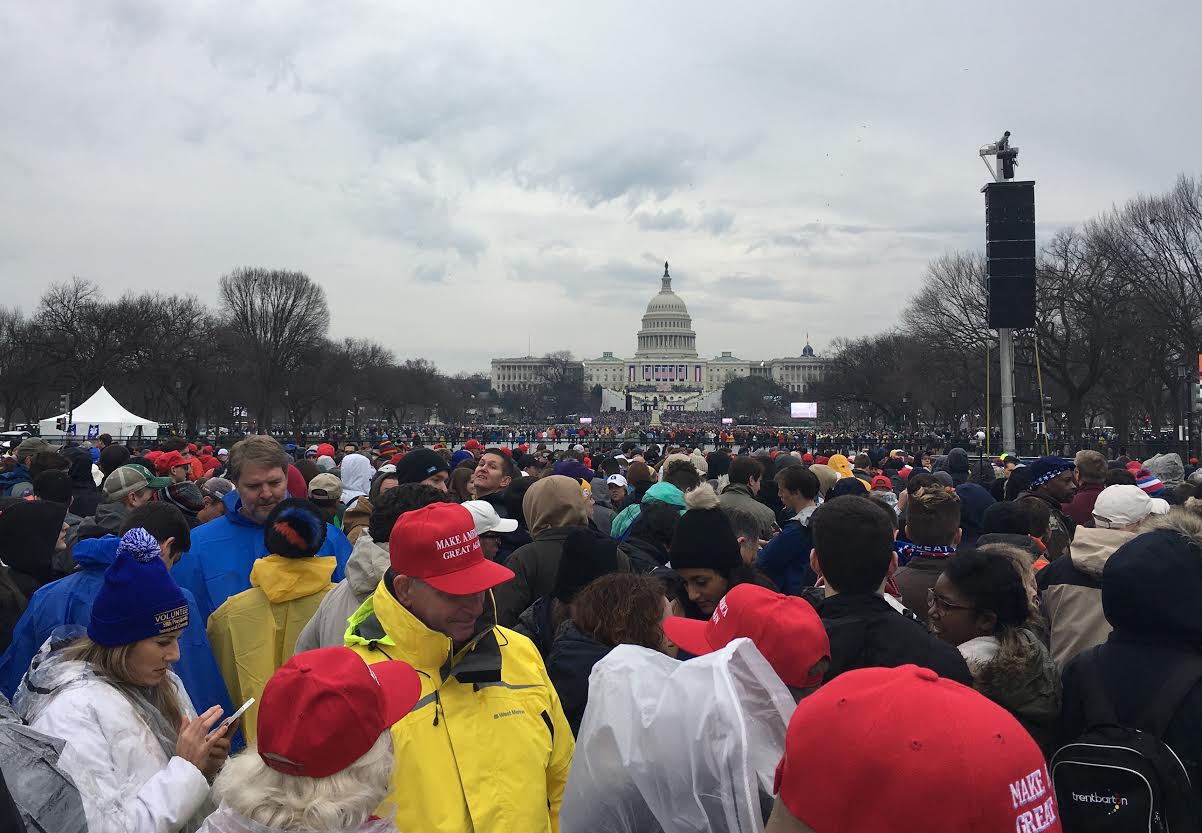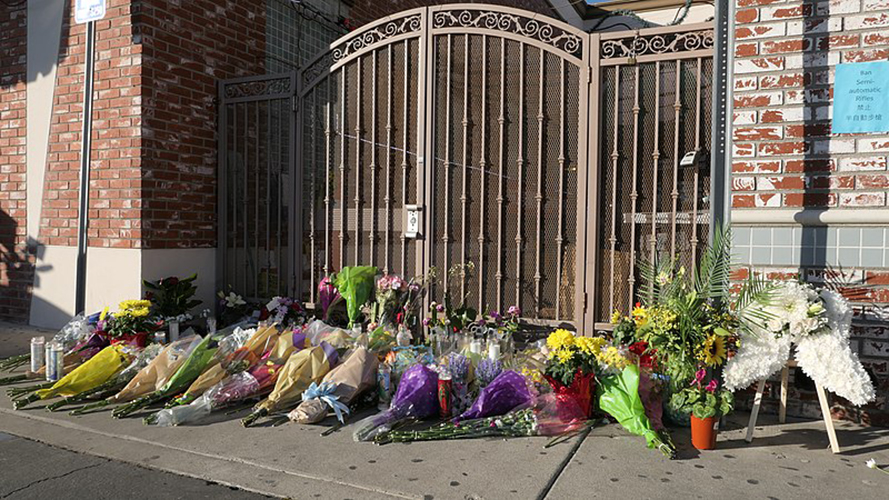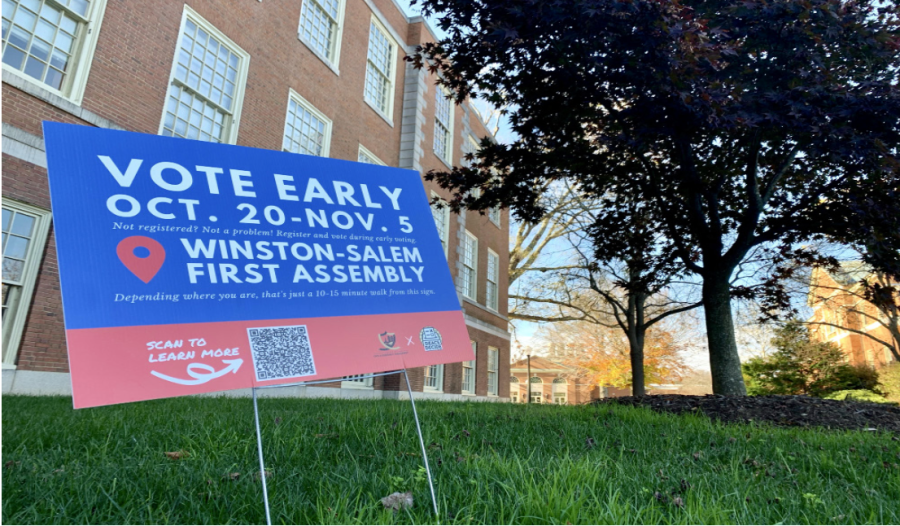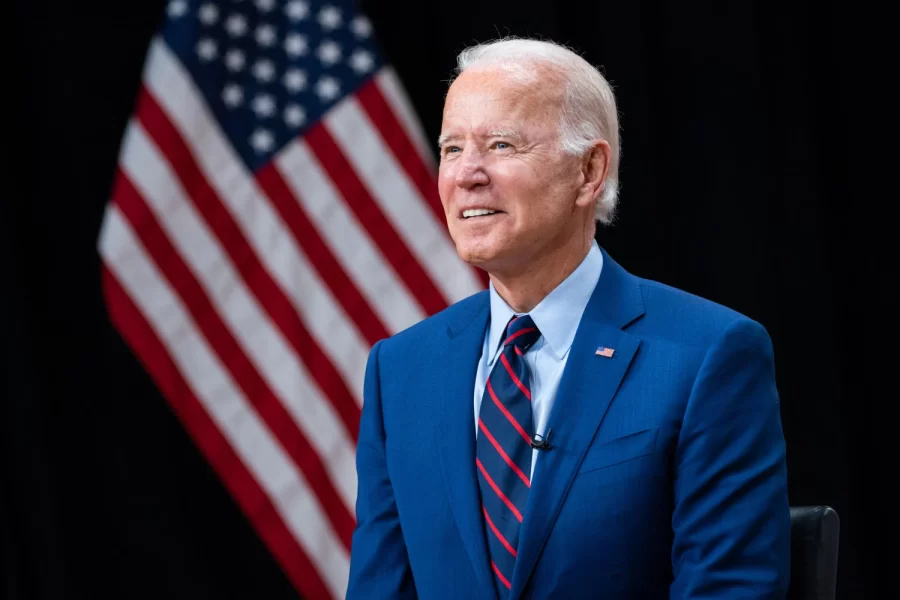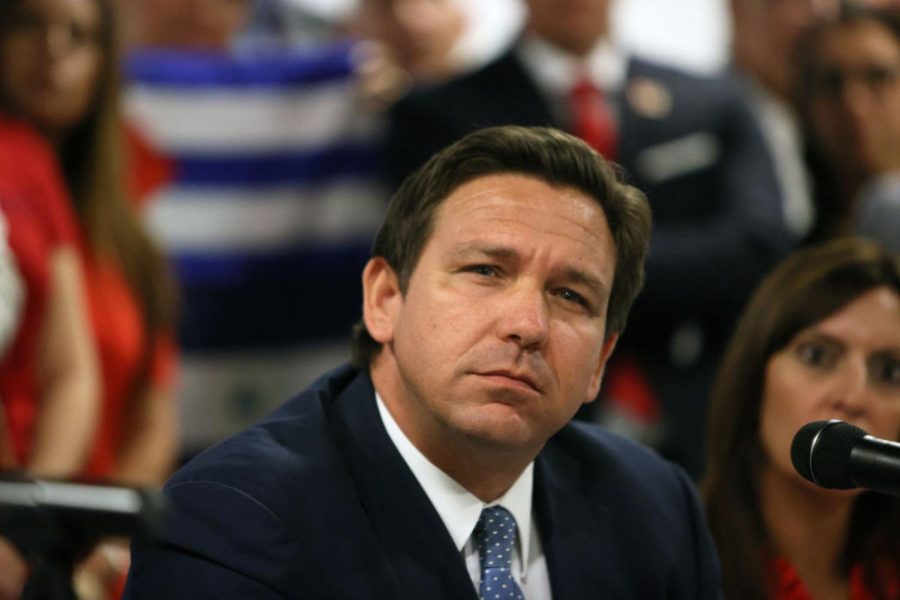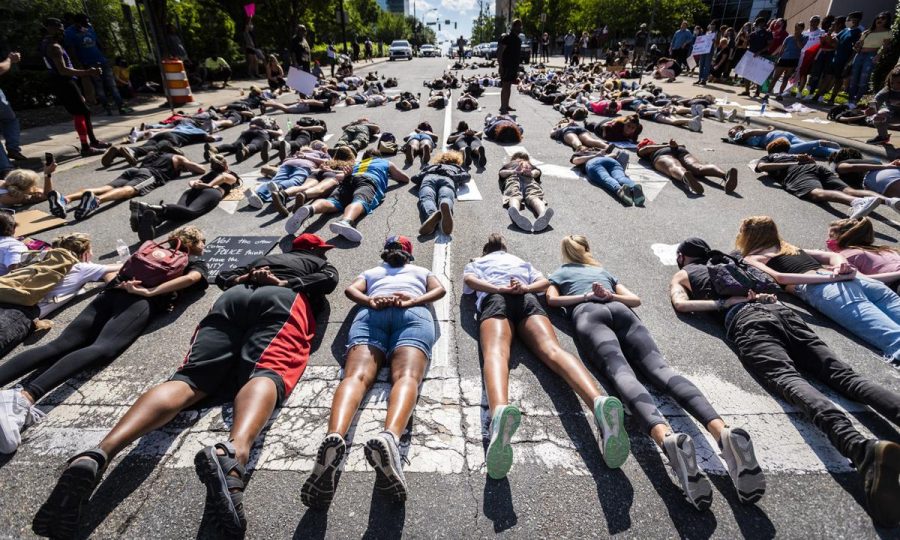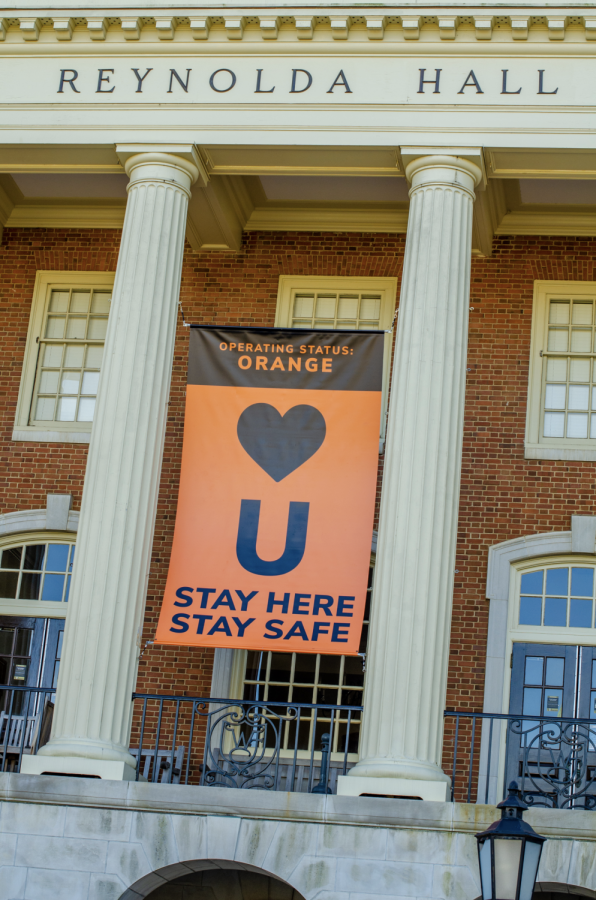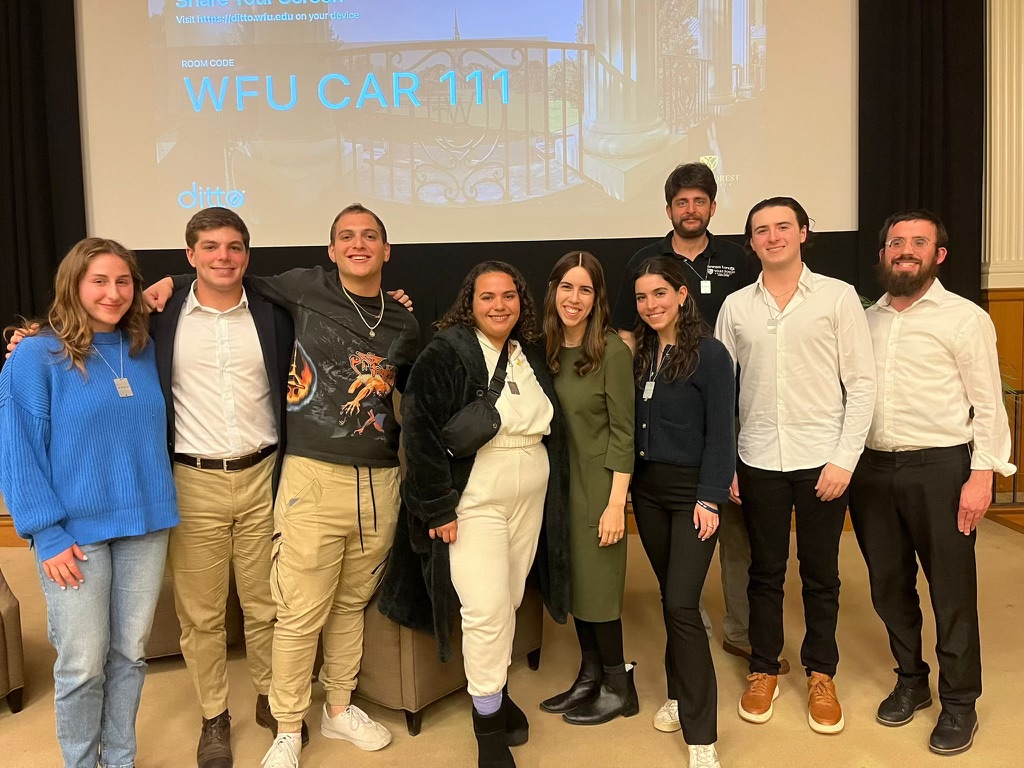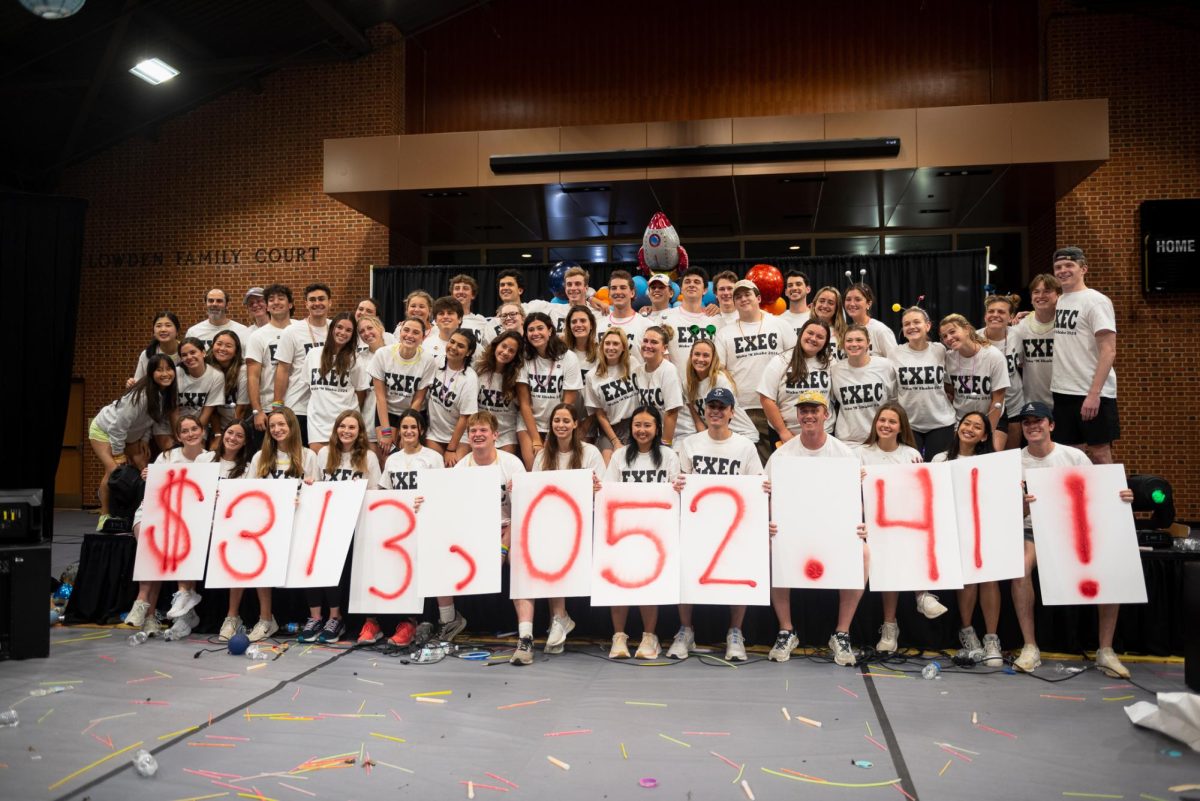Under cloudy skies on Friday, Jan. 20 2017, Donald J. Trump was sworn in as the 45th president of the United States.
The event marked the culmination of the real-estate mogul’s remarkable rise to the executive office after what has been considered an extremely contentious and divisive election.
Despite the heated comments that had been made on both sides of the aisle about the then president-elect, the inaugural ceremonies were a demonstration of the peaceful transition of power that American democracy has prided itself in.
Sen. Roy Blunt (R., Missouri), Senate Majority Leader Mitch McConnell (R., Kentucky), Senate Democratic Leader Charles Schumer (D., New York), Speaker of the House Paul Ryan (R., Wisconsin), House Majority Leader Kevin McCarthy, and House Democratic Leader Nancy Pelosi comprised the Joint Congressional Committee on Inaugural Ceremonies — a unique committee consisting of members from both legislative chambers that plans and hosts inaugural ceremonies.
“Today, the legislative, the executive [and] the judicial branches of our constitutional government come together,” Blunt said in his opening remarks. “[The occasion marked] a celebration not of victory of one political party but of democracy,” he continued, citing remarks made by Founding Father Thomas Jefferson.
Despite the bipartisan nature of the ceremonies emphasized by committee members, about 60 Democratic representatives opted to not attend the ceremony, explaining that they would refuse to recognize the legitimacy of Trump’s victory in the November election.
Nonetheless, hundreds of thousands of Americans braved the cold and intermittent rain to witness the historic event.
The grounds and immediate streets surrounding the West front of the Capitol were designated as ticket-holder areas. A limited number of tickets had been provided to each member of Congress who in turn was allowed to distribute them to constituents free of charge.
Ticketed areas opened at 6:00 a.m., and by 7:00 am, prime front row portions had already been staked out and occupied. However, the grassy portion of the National Mall spanning from the Capitol to the Washington Monument was open to all members of the public and was surrounded with Jumbotrons and speakers to magnify the events taking place further ahead on the Capital grounds.
In the hours leading up to the event, attendees were entertained by inaugural trivia facts displayed on the Jumbotrons, as well as music performance from the National Cathedral Choir and United States Marine Band.
Students from Wake the Vote, a democratic engagement cohort sponsored by the Pro Humanitate Institute, were among the thousands in attendance. The inauguration represented the summation of the program’s involvement throughout the campaign trail.
“After a year long program focusing on democracy, voting rights in America, and the American political system as a whole, it was incredible to be in Washington D.C.,” said sophomore Daniella Feijoo. “From the Iowa Caucuses to the Inauguration, Wake the Vote students have seen first hand the importance of grass roots movements and also the intricacies of the America electorate.”
The ceremonies commenced at 11:30 a.m., and just after noon, Trump was sworn into office by Chief Justice John Roberts.
In accordance with the tradition established by George Washington in 1789, the newly sworn-in president delivered an address on the incoming administration’s goals and vision for the country.
Trump’s speech employed accessible language and made the president’s goal of distinguishing himself from the political establishment and enacting immediate change abundantly clear.
“We are transferring power from Washington D.C. and giving it back to you, the American people,” he told the crowd.
He decried the self-motivating factors of politicians and said that “their victories have not been your victories; their triumphs have not been your triumphs. That all changes,” he said, “starting right here, right now.”
Trump also explained in his address the ways in which he hoped to establish American dominance and cultivate a national sense of pride through new alliances, improved infrastructure, increased border security and eradication of radical Islamic terrorism.
President Trump’s success in starting to enact this vision will depend heavily on his ability to reach agreements with members of both parties in Congress. His recent cabinet picks have demonstrated a willingness to engage with others whose ideas differ from his own. Confirmation hearings and votes on the president’s nominees are scheduled to continue through Feb. 2.

